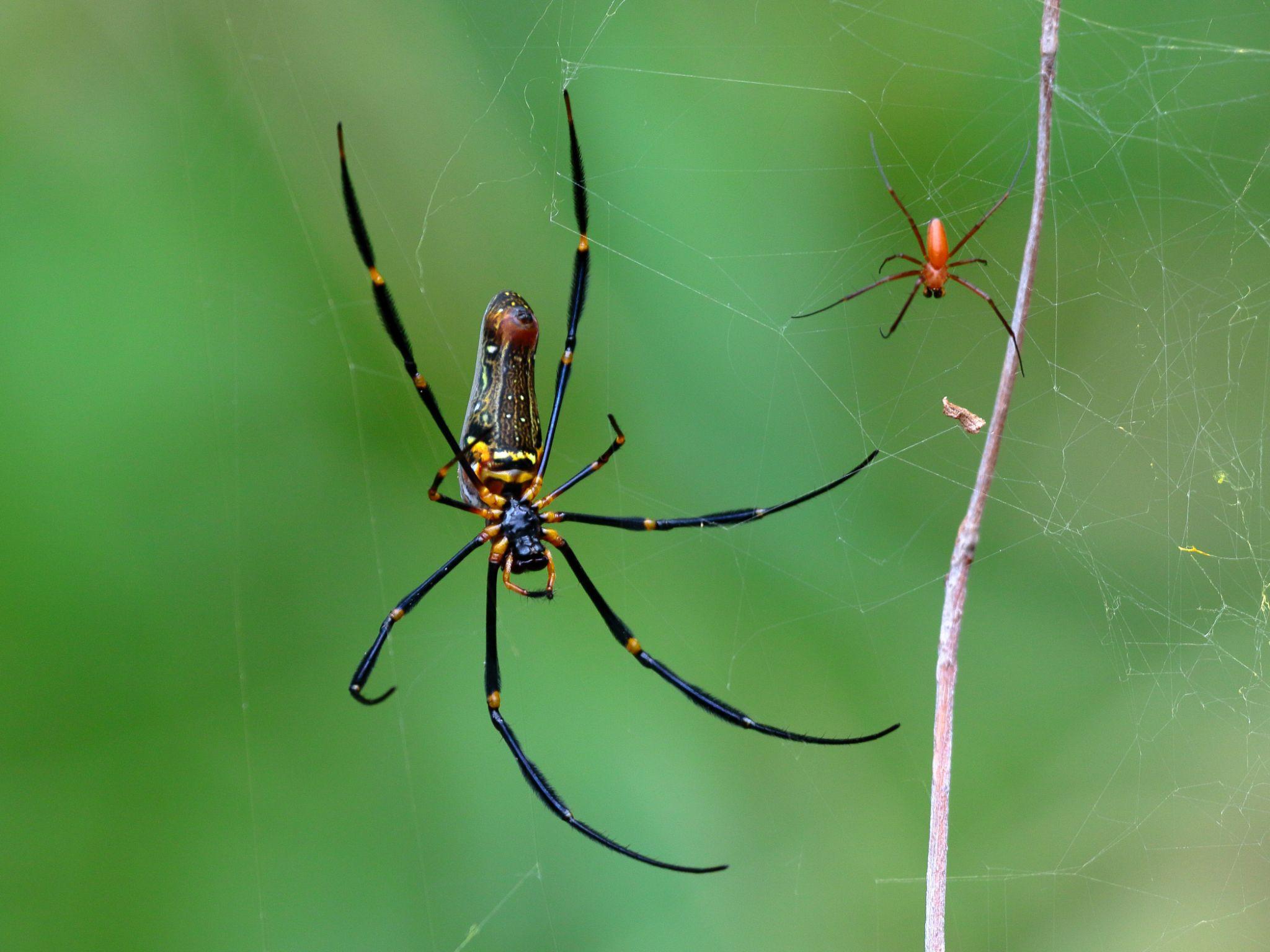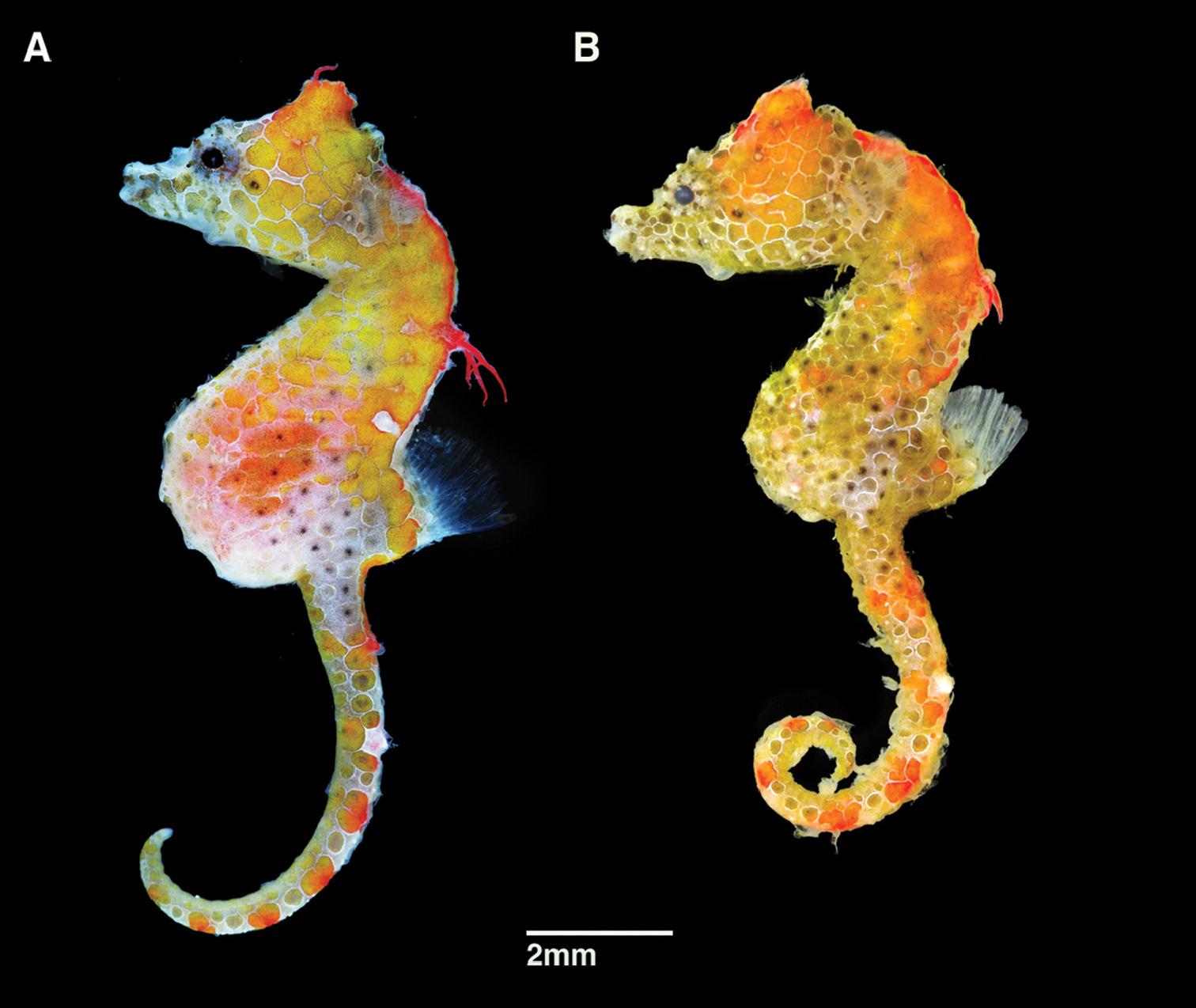8.2 Explore Male and Female
Sex and gender are not binary
In the first few sections of this chapter, we’ll be exploring differences between “males” and “females” in non-human organisms and how biologists define those categories. However, sex and gender are not strictly binary — there is an astounding and beautiful array of sex-related traits across species that don’t fit into male vs. female categories. Additionally, as described in the Introduction to Chapter 1, sex and gender are not the same thing, and we use the term gender only for humans. We’ll explore topics like intersex characteristics and gender non-conformity in humans later in this chapter. We also recognize that the authors of this textbook are cisgender and cannot fully explain the experiences of trans, non-binary, genderfluid, two-spirit, and other non-cisgender people. We welcome feedback about our discussion of sex and gender.
Each image below contains one male and one female. For each one, determine which individual is the male and which is the female. As you are deciding, take note of the criteria you are using to make your decision.




Points to Ponder
- Image "Golden Orb-weaver and suitor" by Graham Winterflood. Shared with CC-BY-SA 2.0 license. ↵
- Image "Hippocampus japapigu" by Hiroyuki Motomura. Shared with CC-BY 4.0 license. ↵
- Image "Marsh fritillaries (Euphydryas aurinia) mating" by Charles J. Sharp. Shared with CC-BY-SA 4.0 license. ↵
- Image "Grass snakes (Natrix natrix) mating coil" by Charles J. Sharp. Shared with CC-BY-SA 4.0 license. ↵

